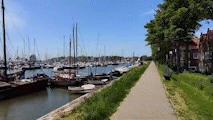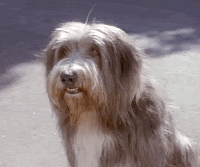There are productions that are best done on tape and there are productions best done on film.
News and sports, special events like variety shows and concerts, news-based and contemporary documentaries, industrials and educational programs are best done on tape. Anything that needs immediate presentation is obviously best done on tape.
Film, however, is best for any storytelling or narrative production. Historical documentaries, I think, are best done on film. Commercials are best done on film. Anything that is ""fantasy-based"" is best done on film. Why do I say this? Marshall McLuhan, the great media visionary, defined the difference between the hot medium and the cool medium as the audience's use of the imagination as opposed to the direct visual implant.

















































